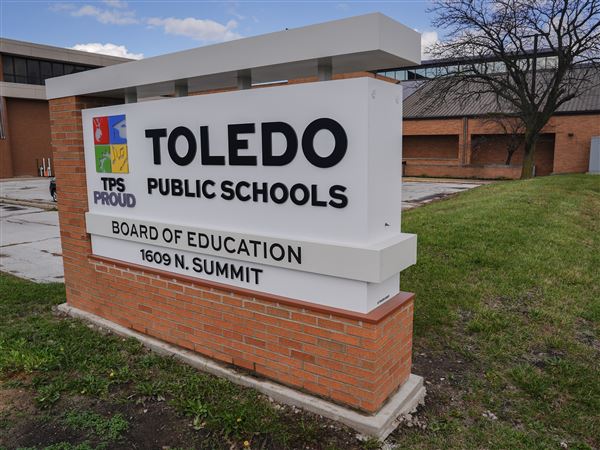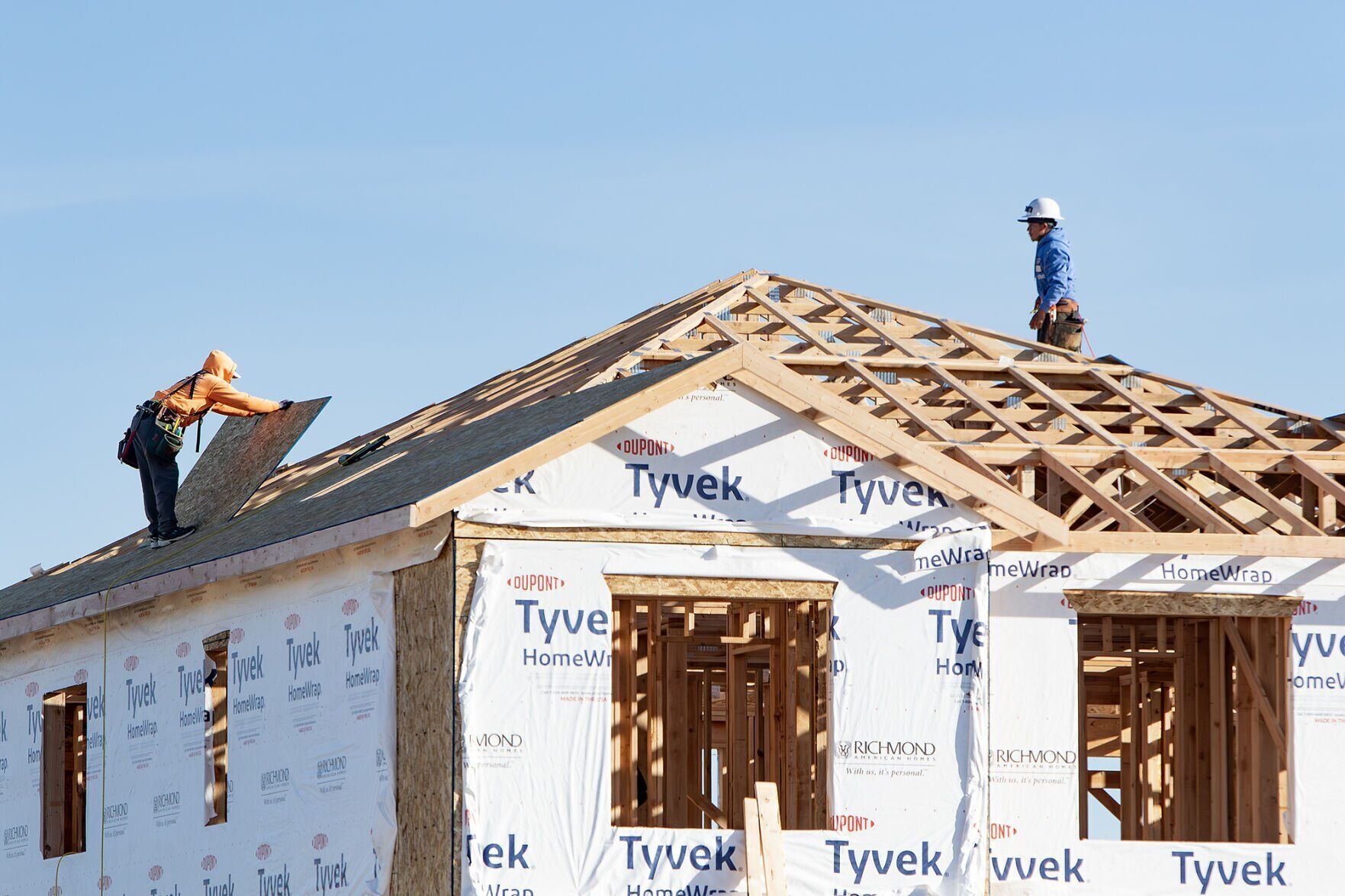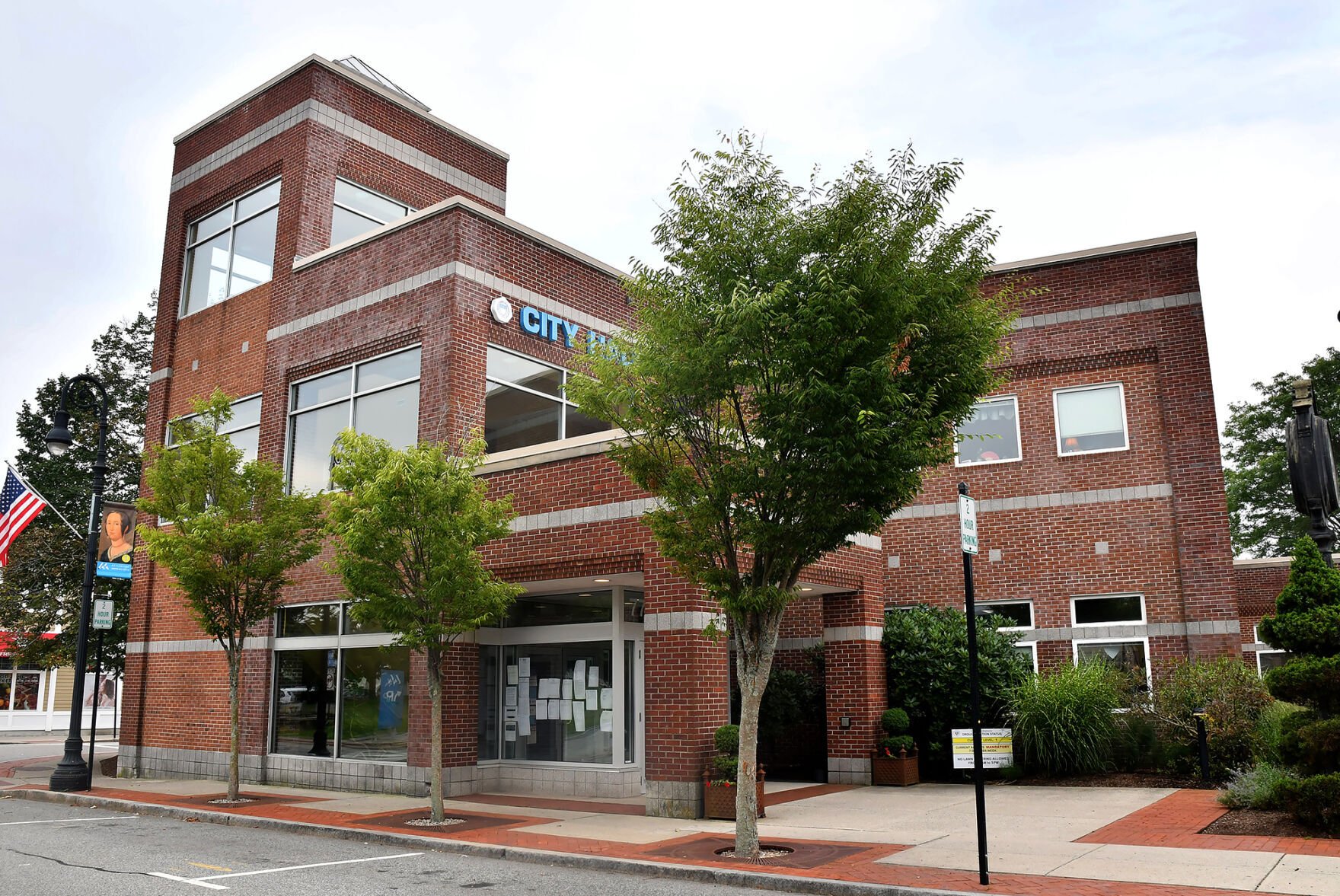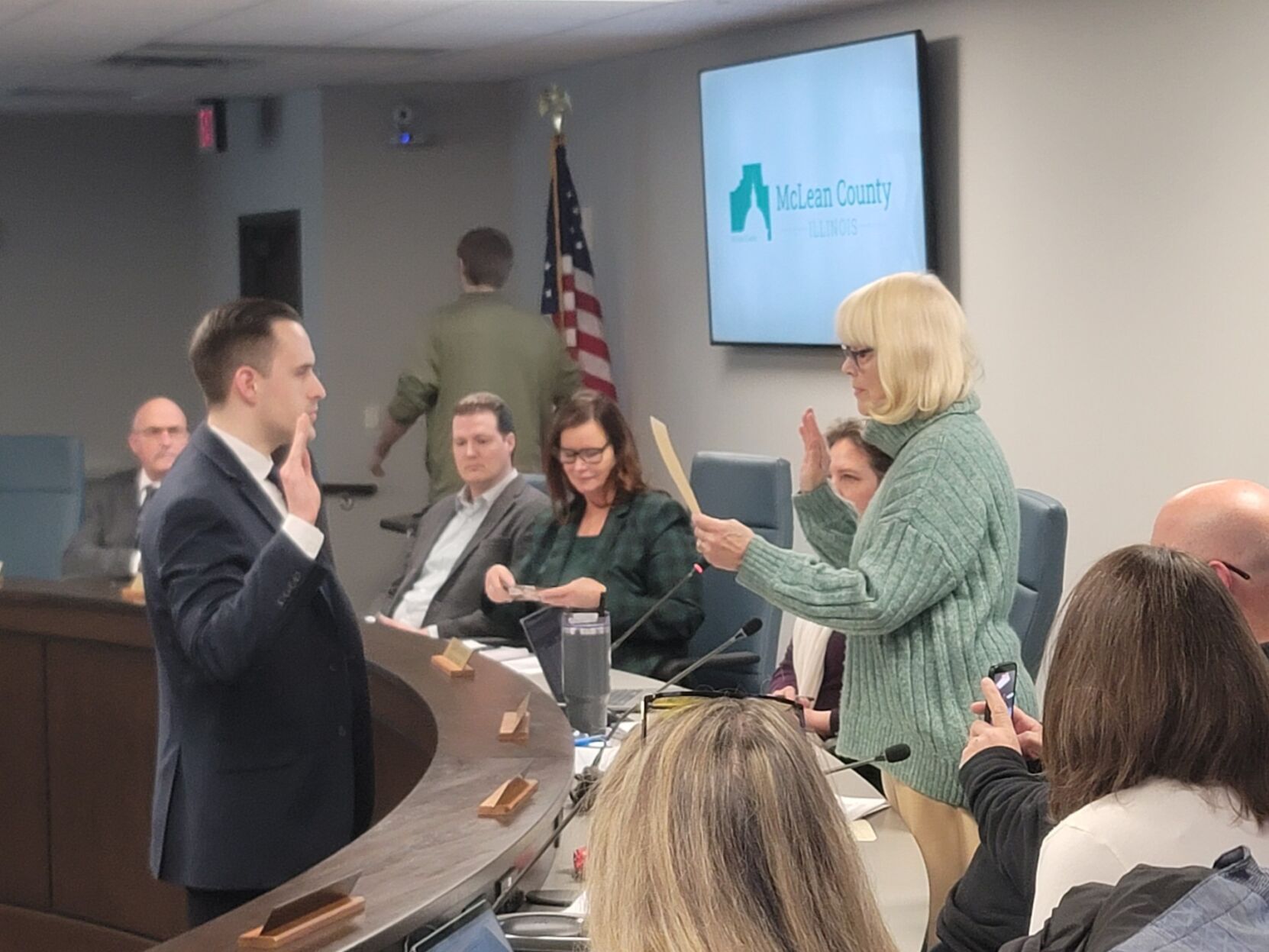California lawmakers have moved swiftly to respond to the Trump administration’s immigration enforcement campaigns in Southern California. Their latest measures focus on strengthening protections for immigrants in schools, hospitals, and other facilities often targeted by federal agents.
California lawmakers push to restrict immigration actions at schools and hospitals
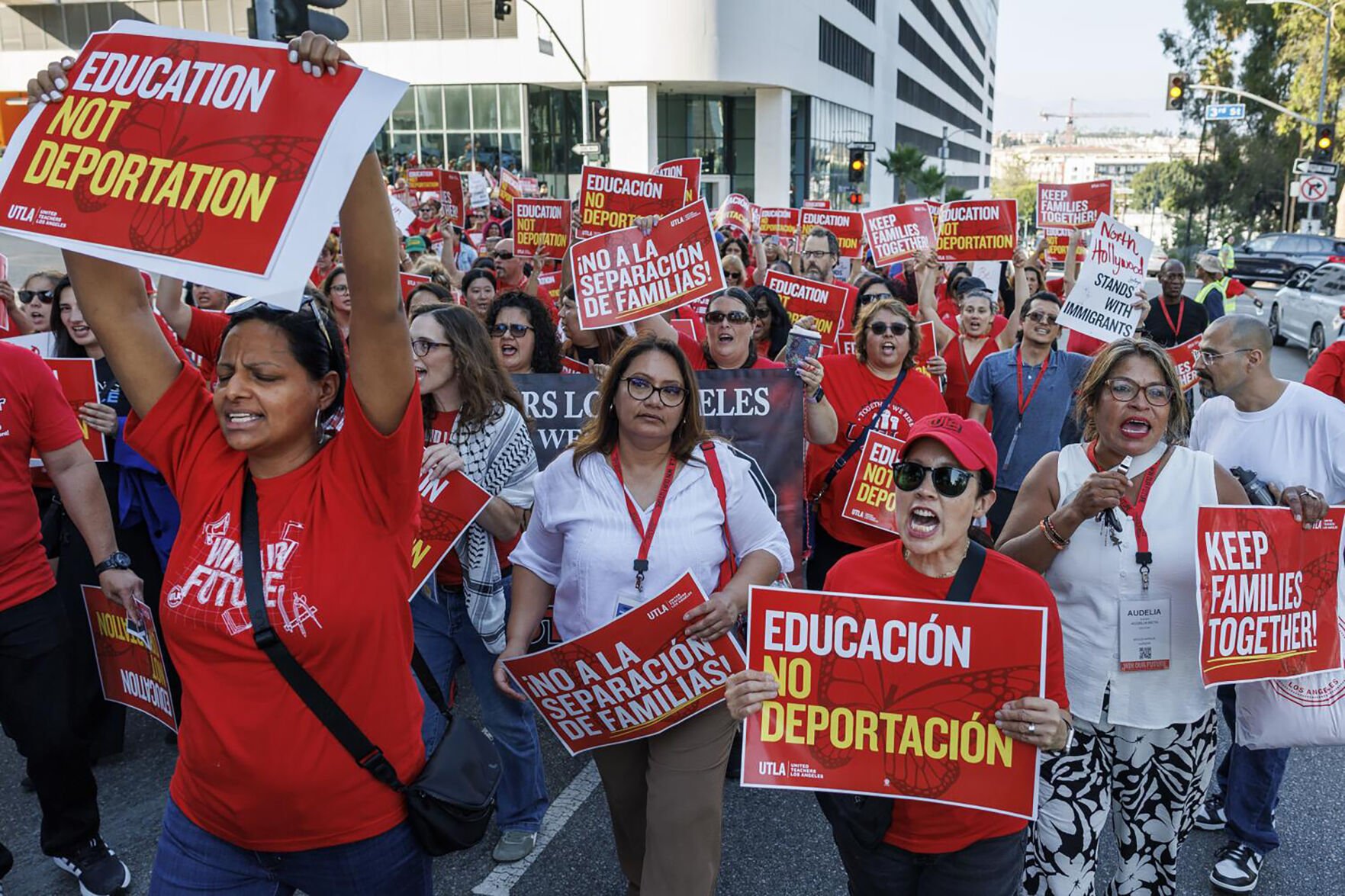
Key Takeaways:
- California’s action responds directly to recent federal immigration raids
- Protections prioritize schools, hospitals, and critical community spaces
- The Trump administration’s enforcement strategies have sparked this legislative push
- Lawmakers aim to ensure these protected places remain safe for immigrants
- The stance reflects ongoing federal-state tensions over immigration policy
Introduction
SACRAMENTO, Calif. — In a move designed to counter rising concerns over immigration enforcement, California lawmakers this week began strengthening protections for immigrants. They are doing so in direct response to what they describe as the Trump administration’s “aggressive and unceasing immigration raids” in Southern California.
The Spark for Legislative Action
State officials say the raids compelled them to take legislative steps that prioritize safeguarding individuals who utilize public institutions. By making schools and hospitals focal points of their efforts, lawmakers aim to ensure that vital public services remain accessible to all residents, regardless of immigration status.
Protecting Schools and Hospitals
One of the central pillars of this measure is the protection of critical community spaces. Schools house children from diverse backgrounds, and hospitals serve patients in urgent need—both settings are now squarely in the spotlight. Lawmakers argue these places should remain safe from federal raids, ensuring immigrants are not deterred from seeking education or medical care.
Legislative Response and Broader Implications
While details of the legislation have not been fully disclosed, the aim is clear: restrict or limit federal immigration agents’ ability to conduct raids in or around sites considered essential for public welfare. Many see this step as emblematic of the ongoing tension between California’s state policies and federal directives under the Trump administration.
Conclusion
As the debate over immigration policies moves forward, California’s legislators have made their immediate intentions apparent: shield immigrants within fundamental community institutions. This marks another chapter in the evolving relationship between state governments and the federal government over immigration enforcement—and signals that the discussion is far from over.

